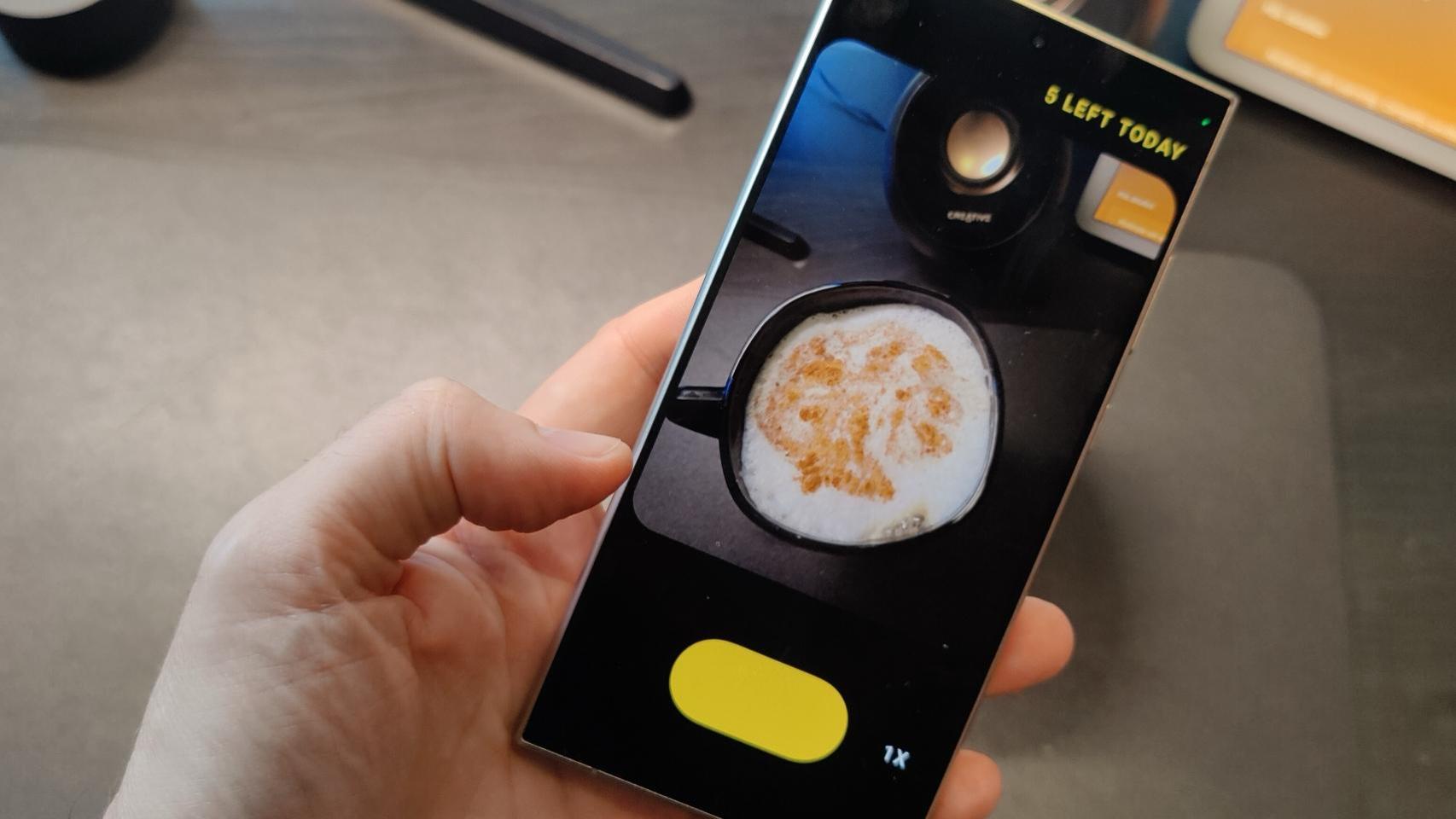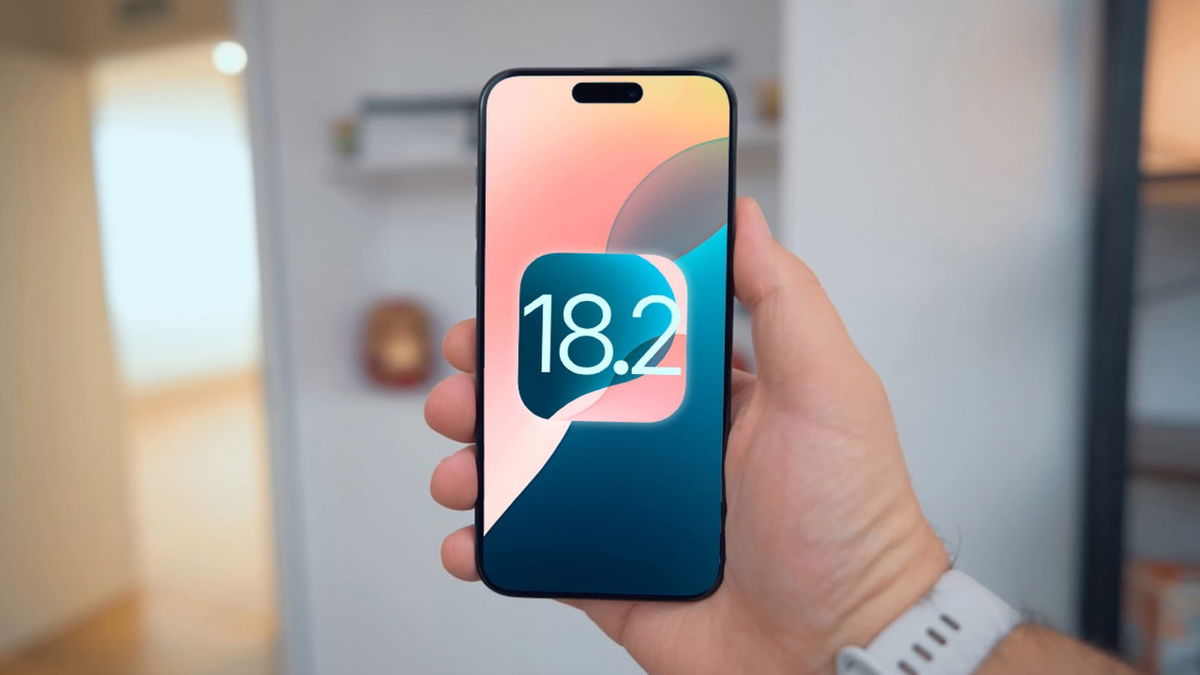Red, stop; green, pass; amber, caution. As the colors come to mind to understand at a glance what is happening on the road. Google Maps also uses colorsbut in the navigation app things get tricky: the color coding is far from the simplicity of a traffic light, but in this article we’ll help you find out what each color means.
As with traffic lights, the idea of Google Maps is to offer more information in the same interface in a minimalist way. seek intuitive identification and are not chosen at random: The choice of your color codes is based on studies and research, as detailed by the design space of the big G.
Traffic
These chromatic indications are probably the ones you use the most on a daily basis when driving with Google Maps as your co-pilot. And it is that Google inks the routes of the roads so that you know the density of the traffic and also offers you the best route to avoid them.
- Azul: if we have chosen a destination and a starting point, the trajectory changes to this color to indicate that it is a clear road with minimal traffic.
- Green: There are no traffic problems on this road.
- Orange: There is traffic on the road, which probably means some delay.
- Red It’s the color that signifies a lot of traffic, although it could also indicate roadworks or an accident. If the red is dark, the traffic will be particularly heavy.

roads and streets
This point is particularly interesting, since it allows us to move around an unfamiliar city taking into account the main arteries or even toll roads, although in this case a good view and special attention are required.
- Yellow: Represent the roads, highways and main streets of a municipality. Here there are nuances: if they have orange borders, they are roads; if the borders are yellow, they will be the main roads and if the borders are gold, then the highways.
- White: For highways and regular streets in municipalities.
- parallel white stripes: is the indication used for certain car parks (for example at airports).
- dark green lines: They designate routes for pedestrians or bicycles in the city or in green spaces such as parks.
- dark gray lines: they represent an underground track if they are thick and if they are thin, a railway track.

Buildings
If you are in a new city for you and you are looking for hospitals or shopping centers, this section interests you:
- Red: for hospitals, health centers, residences and other health consultations. A color that attracts attention.
- Grey: Mainly for residential areas. Here two shades stand out: light gray for residential and dark gray for singular buildings, such as the university, town hall, airports.
- light brown: for commercial areas and buildings.

Shopping area: La Morea Shopping Center (Pamplona)
Nature
We leave nature for the end, which leaves room for certain fairly obvious chromatic identifications and others more useful for a country getaway.
- Azul is the color chosen for the water: it can be rivers, seas, oceans, swamps, reservoirs.

- Green for vegetated areas, which can range from a small garden or grove to a park or a nature reserve. As data: Google uses a slightly darker green for reservations.
- tile: This color will always mean water, whether it comes from seas, rivers, lakes or swamps.
- Brown is the all-terrain color of Google Maps. So you can find it in deserts, mountainous areas, national parks (luckily it comes with text). If the brown is light and it is next to the sea, it will be a public beach.
PhotoMIX company photo via Pexels
Table of Contents










